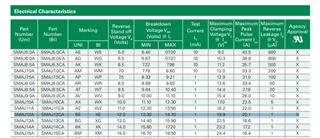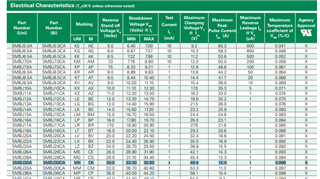Other Parts Discussed in Thread: THVD1419, THVD1439, THVD2410
Dear Team,
currently we are having issue in the RS485 driver. in our project the driver is failing in our lab. we are not able to find when the driver fails.
Observation as below : -
when master transmits the voltage levels are different from the voltage levels of receiver sending data, please refer fig 1. the circle highlighted is master transmitting and the rest is receiver sending the response.
Fig 1:-
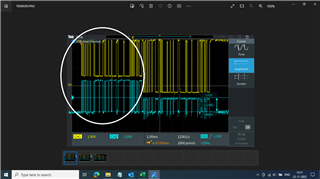
- communication was working but there was a difference in voltage.
- Initially you see master transmitting highlighted in circle, the potential difference for line A and B seems equal , and then when slave responding the difference is somewhat different.
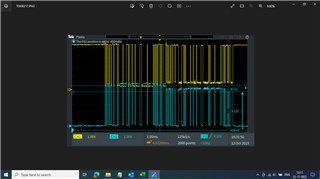
In attached Fig 2 :-
- Since there was a change in receiver voltage , we change the receiver driver to a new one and then voltage was similar to master. Could you please confirm fig2 is ok?
please find attached schematics as ref our design.
Also for your information we are using a pull up and pull down resistor of 10k value. please suggest us is it ok?
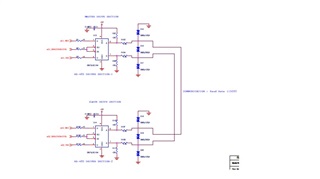
thanks and Regards,
Ramdas


